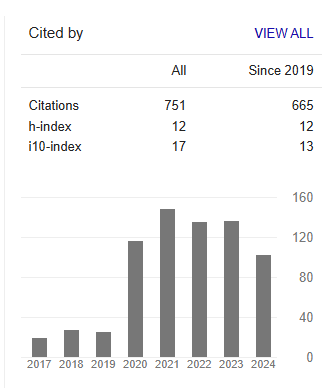Analyzing the Effectiveness of HIV Prevention and Treatments through a Mathematical Model in Simulated Populations
Abstract
Durgesh N Sinha and Nicholas Klahn
An epidemiological model for the transmission of HIV/AIDS was developed to analyze the transmission dynamics of HIV in a simulated population. Differential equations derived from the model will be used to show the effectiveness of various treatments and preventative measures used to prevent further spreading of HIV in susceptible populations. Additionally, separate simulations for each of the WHO regions were included to view the spread of HIV on a more focused level rather than on broad global terms to account for regional differences in cases of HIV per capita. HIV data used for the simulations are pulled from WHO’s population data and treatment data was taken from various clinical studies. The results of the simulations show that the world basic reproduction number is 3.33, but regional numbers range from 1.14 to 2.98. We found that post exposure prophylaxis was far more effective at preventing the spread of HIV compared to treatment to viral suppress the infection. Also, without the use of quality post exposure prophylaxis, HIV infections could grow rapidly in the coming years.



